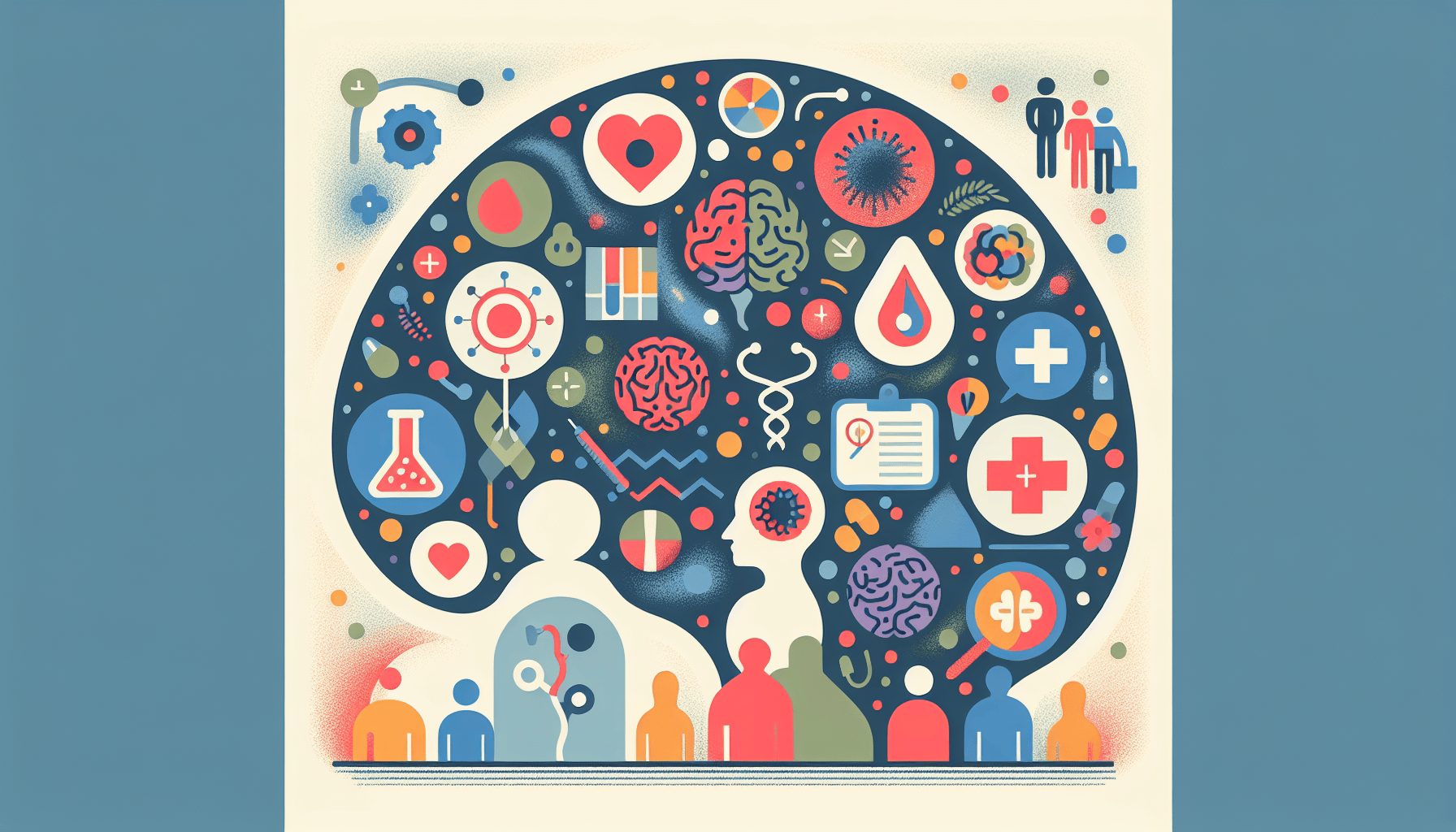Tirzepatide for Sleep Apnea - Can It Help?
Understanding Sleep Apnea and Its ChallengesSleep apnea is a common yet serious sleep disorder characterized by repeated interruptions in breathing during sleep. These pauses [...]
Read MoreGlioblastoma is a type of aggressive brain cancer that affects the star-shaped cells in the brain called astrocytes. It is the most common type of malignant brain tumor among adults, accounting for about half of all brain tumors in the United States. Each year, approximately 12,000 people are diagnosed with glioblastoma.
The symptoms of glioblastoma depend on the location of the tumor in the brain. As glioblastomas grow quickly, pressure on the brain usually causes the first symptoms, which may include:
Constant headaches
Seizures
Nausea and vomiting
Difficulty thinking
Drowsiness
Memory loss
Changes in mood or personality
Double or blurred vision
Trouble speaking
The exact causes of glioblastoma are not well understood, but certain factors may increase your risk of developing this type of brain cancer:
Prior radiation to the head
Exposure to chemicals and other cancer-causing agents
Age (more common in people over 50)
Gender (more common in men)
Race (more common among White people)
Hereditary disorders linked to genetic mutations (e.g., Turcot syndrome, Neurofibromatosis type 1, Li-Fraumeni syndrome)
If you experience symptoms of glioblastoma, your doctor will likely refer you to a neurologist for a thorough medical history and neurological exam. Imaging tests such as MRI, CT scan, or PET scan may be used to identify the presence and size of a tumor. A biopsy, where a small sample of tissue is removed from the tumor for laboratory testing, can confirm the type of tumor and guide treatment decisions.

While there is currently no cure for glioblastoma, treatment can help slow and control tumor growth, allowing patients to live as comfortably as possible. Treatment options may include:
Surgery to remove as much of the tumor as possible
Radiation therapy to kill leftover tumor cells and slow growth
Chemotherapy, such as temozolomide, carmustine, bevacizumab, and lomustine
Targeted therapy with medications that target specific proteins in the tumor
Convection-enhanced delivery (CED) to bypass the blood-brain barrier and deliver medication directly to the tumor
Electric field therapy using the Optune device
Wafer therapy with implanted, biodegradable disks that release chemotherapy drugs
Nanoparticle therapy to carry chemotherapy directly into the tumor
Experimental treatments and clinical trials
Palliative care is also an essential aspect of treatment, focusing on managing symptoms, side effects, and emotional well-being to improve quality of life.
The survival rates for glioblastoma are generally low, with a five-year survival rate of around 5%. However, individual outcomes can vary based on factors such as age, tumor type, and overall health. As treatments continue to improve, newly diagnosed patients may have better outcomes.
Living with a brain tumor can be challenging for both patients and their loved ones. Support groups, counseling, and clinical trials can provide valuable resources and help in navigating this difficult journey.
The average life expectancy for someone with glioblastoma is about 12 to 15 months with treatment and about 4 months without treatment.
There have been a few exceptional cases of people with glioblastoma surviving for many years after tumor removal, but this is not common.
People who have received ionizing radiation therapy are at a higher risk of developing glioblastoma, especially if the treatment targeted the neck or head. Other risk factors are not well understood.
For more information on glioblastoma, visit:
Understanding Sleep Apnea and Its ChallengesSleep apnea is a common yet serious sleep disorder characterized by repeated interruptions in breathing during sleep. These pauses [...]
Read MoreHeart attacks are often perceived as a predominantly male health issue, but the reality is that heart disease is the leading cause of death for women worldwide. Recognizing [...]
Read MoreTelehealth has transformed the way patients access healthcare, offering convenience, speed, and accessibility that traditional in-person visits often cannot match. With the [...]
Read More